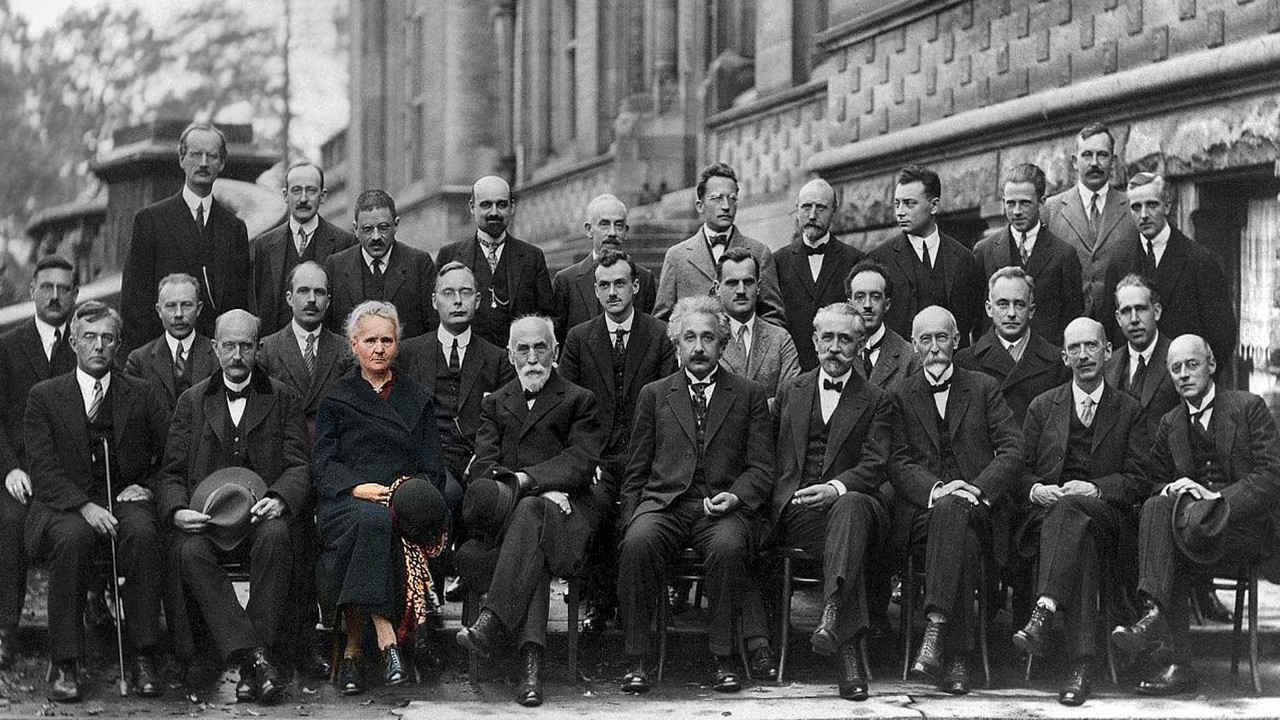
Marie Curie (1867-1934) was denied higher education in her native Poland for she was a woman. She had to attend a secret underground university but times changed and Marie emerged as one of the greatest scientists of the 20th century, winning two Nobel Prizes in a span of less than 10 years.
It was a period of very limited opportunities for women in all spheres, yet in an academic world that predominantly belonged to men, Curie made an everlasting mark. Following are five inspiring quotes by Madame Curie that each teach you a valuable lesson in life.
1. To her two daughters – Life is not easy for any of us. But what of that? We must have perseverance and above all confidence in ourselves. We must believe that we are gifted for something, and that this thing, at whatever cost, must be attained.
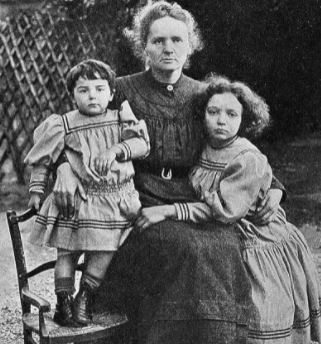
Irene and Eve grew up to be distinguished figures in their own fields. While Irene became famous for her scientific achievement, Eve worked for UNICEF providing help to mothers in the developing countries.
2. On curiosity – Nothing in life is to be feared, it is only to be understood. Now is the time to understand more, so that we may fear less. If I see anything vital around me it is precisely this spirit of adventure, which seems indestructible and is akin to curiosity, that guides me.
According to Madame Curie: We only fear that we do not yet understand. Curie was exposed to Radiation in her scientific investigation of elements. Later on, she was exposed to X-ray when she served as a medical doctor during the first World War.
3. On scientific beauty – I am among those who think that science has great beauty. A scientist in his laboratory is not only a technician: he is also a child placed before natural phenomena which impress him like a fairy tale.
All my life the new sights of nature made me rejoice like a little child. So we should not allow it to be believed that all scientific progress can be reduced to mechanisms, machines, gearings; even though such machinery also has its beauty.
4. On usefulness of science – We must not forget that when radium was discovered no one knew that it would prove useful in hospitals. The work was one of pure science. And this is a proof that scientific work must not be considered from the point of view of the direct usefulness of it.
Apart from its medical application, Radium was increasingly used in industries such as timekeeping. The radium watch first produced in 1916 became a highly profitable commodity. However, Marie and her husband Pierre benefited little as they refused to patent their discovery of Radium.
5. On her wedding dress – I have no dress except the one I wear every day. If you are going to be kind enough to give me one, please let it be practical and dark so that I can put it on afterwards to go to the laboratory.
Marie and her husband Pierre came together through common love of science and research. They shared the Nobel Prize in 1903 in recognition of their extraordinary services to the study of radiation phenomena. For their honeymoon, Marie and Pierre took a bicycle tour around the French countryside in 1895.

One can know of her dedication to science by the fact that Curie survived on buttered bread and tea to be able to afford her education. Denied access in early years, she received her doctorate of science only at the age of 36. The way of progress is neither swift nor easy, Curie used to say.
Before her untimely death in 1934, Marie Curie founded the Radium Institute in 1932 as a specialized research institute and hospital. Hugely inspired by her drive and intellect, Albert Einstein said: Of all celebrated beings, Madame Curie is the only one whom fame has not corrupted.






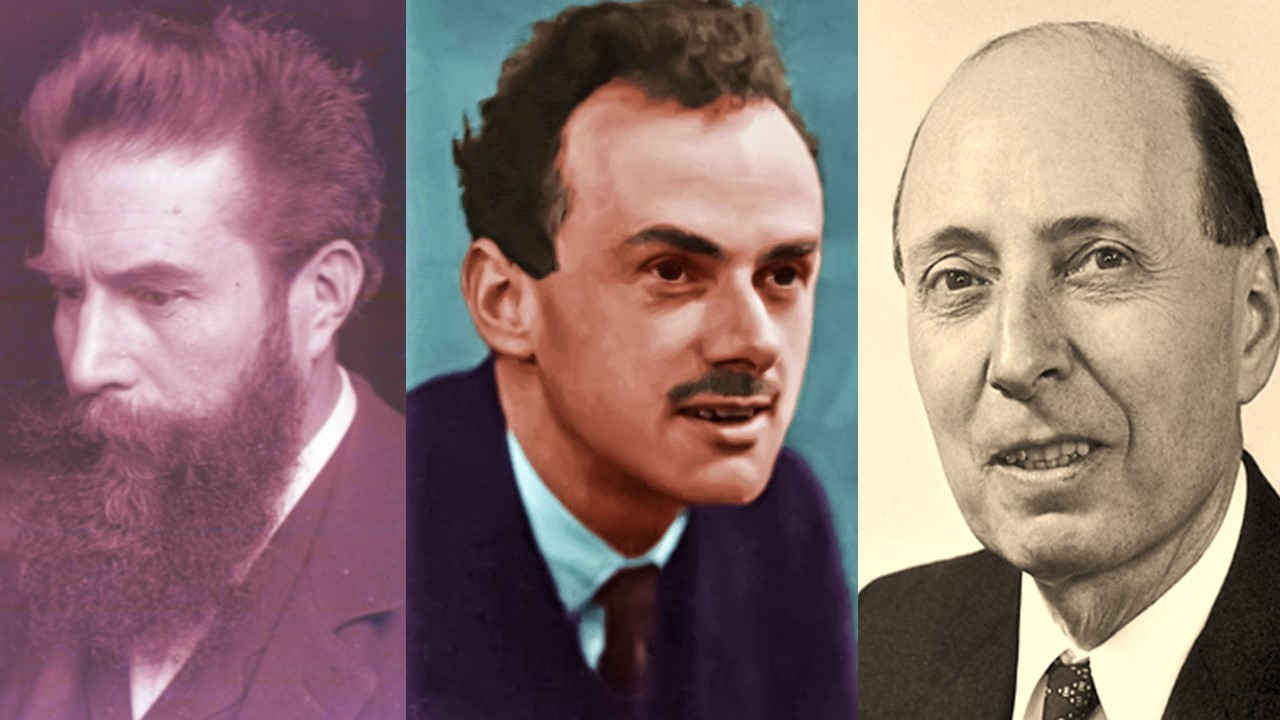
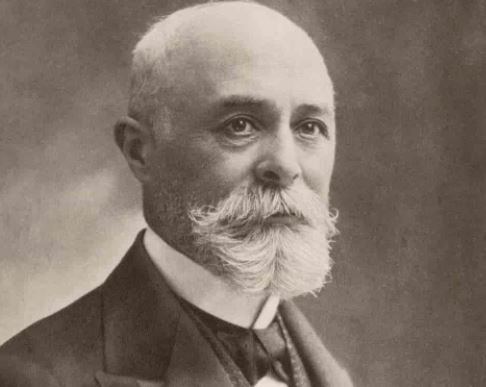














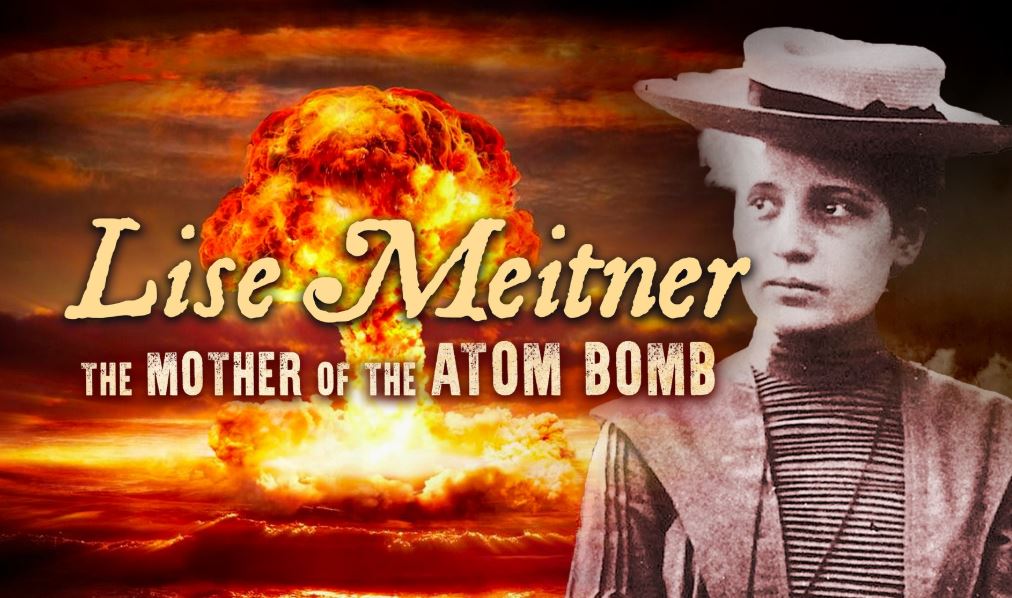
 Physics, astronomy and science history blog for students
Physics, astronomy and science history blog for students